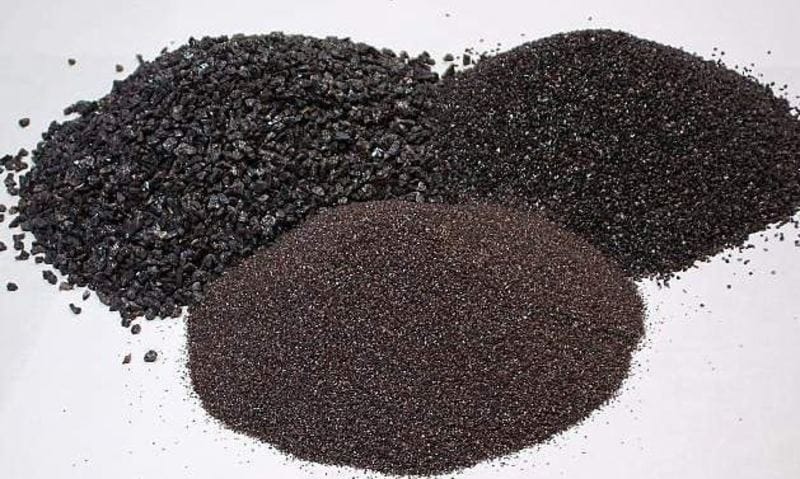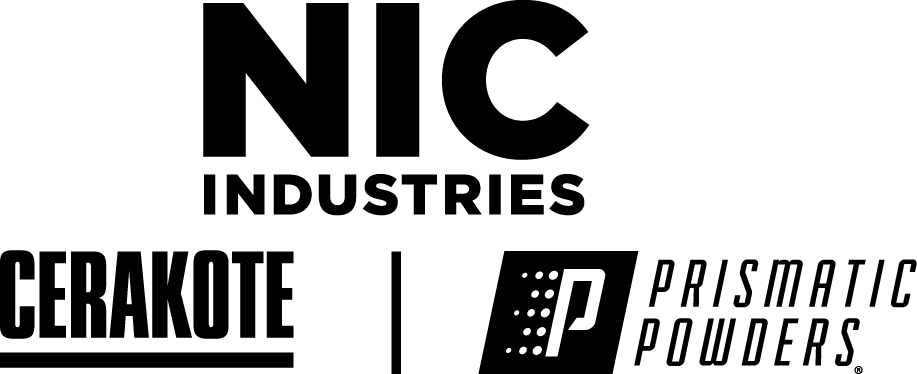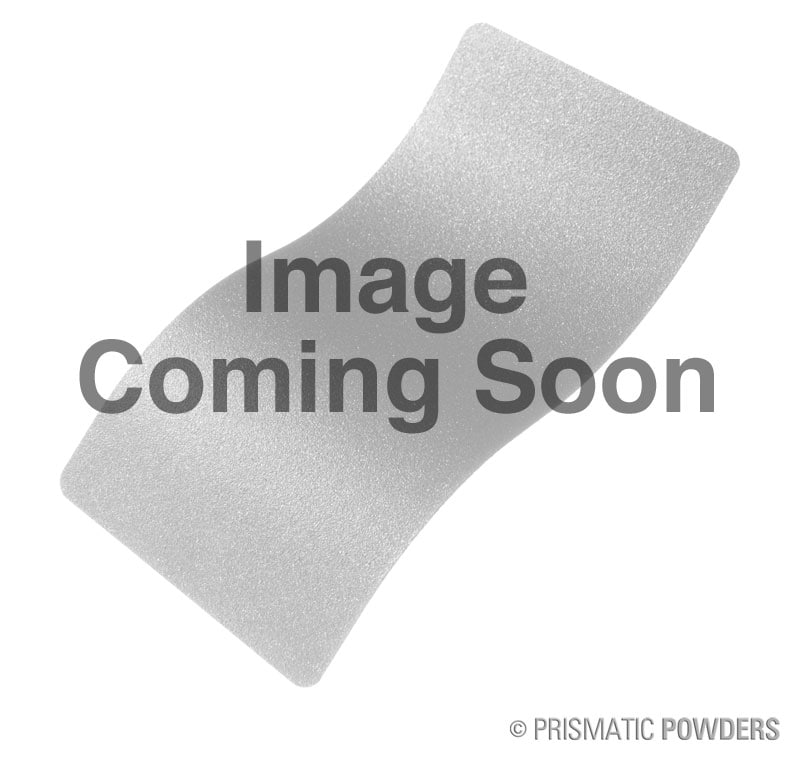Proper part preparation is critical before applying powder. Poor preparation can be disastrous to coating integrity and appearance. The preparation that is required for each coating project may vary depending on the specific substrate. For example, not every part can be blasted or will require the same kind of preparation that another will. However, it helps to keep in mind some basic part preparation knowledge before beginning so that you may use your best judgment on how to proceed with each job.

DEGREASE: Degreasing parts is an important part of the preparation process. Oils left on the surface of parts inhibit the bond between the powder and the part itself, not to mention causing distortions in the finish itself. Degreasing parts prior to sand-blasting will also promote a cleaner blast media for future blasting.

BLASTING: Blasting the surface of the substrate material creates not only a surface clear of residue, but also gives a surface profile that promotes good adhesion. Keep in mind it's important to know which media performs best. 100 grit garnet sand or aluminum oxide gives a toothy profile for excellent adhesion properties. Whereas glass bead media of the same size returns a more rounded and smooth profile that is not as aggressive, which does not promote the same level of adhesion.

OUTGASSING: Outgassing is a process that requires heating parts to purge the substrate of contaminants that can be trapped within. By heating the part at a higher temperature for a longer duration than is required for curing the powder, the gasses can be released prior to applying the coating. In many cases if the part is not outgassed, the trapped gasses are released as the powder begins to set, (cross-link) causing bubbles to form in the coating. Casted metals like aluminum are especially prone to outgassing when heated. Research the substrate you are working with to know potential heat tolerance issues (i.e magnesium).



